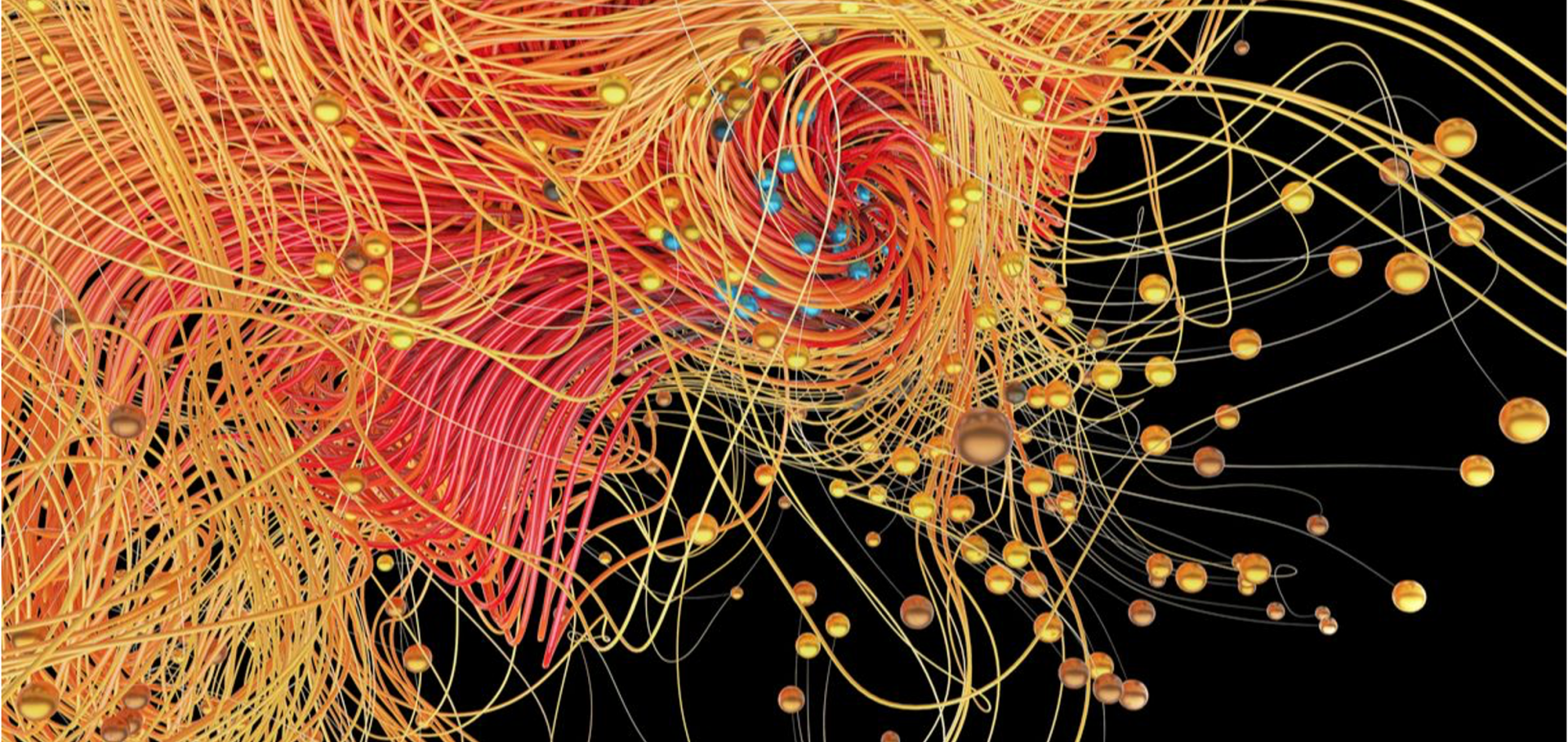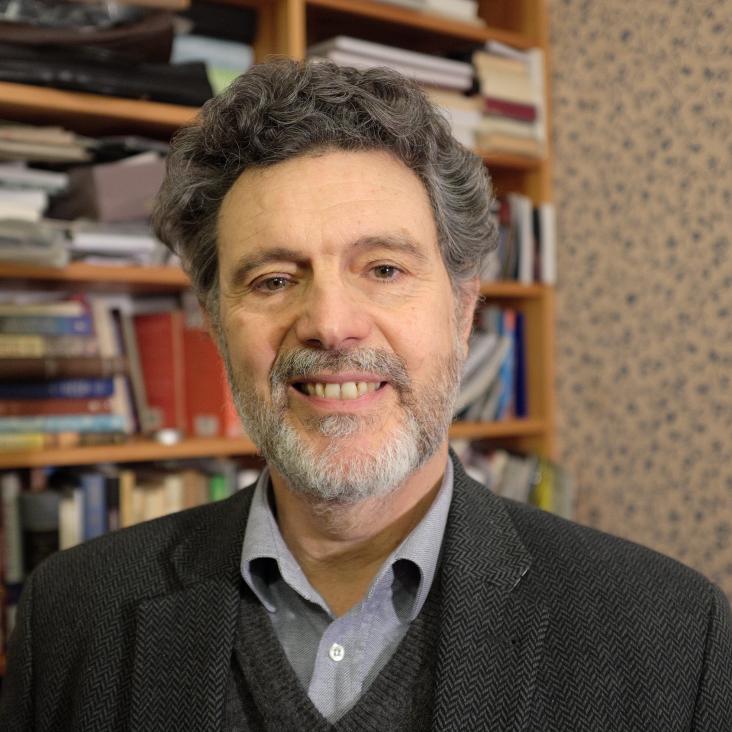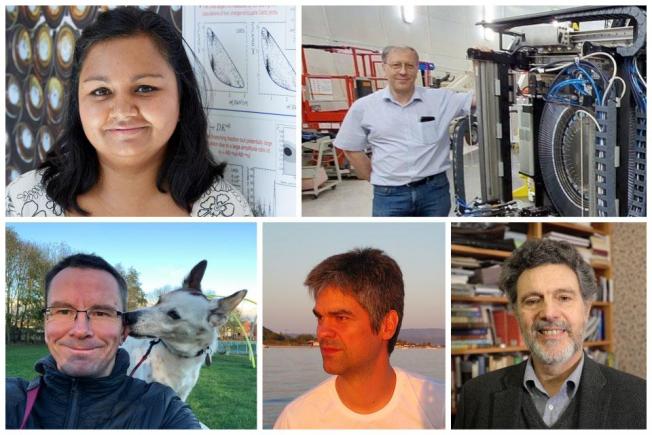Tensorial approach to altermagnetism
Physical Review B American Physical Society 110:21 (2024) 214428
Abstract:
I present a tensorial approach to the description of k/-k-symmetric, time-reversal-odd splitting of electronic bands in magnetic materials, which can be of nonrelativistic origin and was recently given the name of "altermagnetism". I demonstrate that tensors provide a general framework to discuss magnetic symmetry using both spin groups and magnetic point groups, which have often been contrasted in recent literature. I also provide a natural classification of altermagnets in terms of the lowest-order tensorial forms that are permitted in each of the 69 altermagnetic point groups. This approach clarifies the connection between altermagnetism and well-known bulk properties, establishing that the vast majority of altermagnetic materials must also be piezomagnetic and MOKE-active, and provides a rational criterion to search for potential altermagnets among known materials and to test them when the magnetic structure is unknown or ambiguous.Symmetry controlled single spin cycloid switching in multiferroic BiFeO3
(2024)
Jan Zaanen – In memoriam
Advances in Physics Taylor & Francis 72:3 (2024) 259-260
Switching of ferrotoroidal domains via an intermediate mixed state in the multiferroic Y-type hexaferrite Ba0.5Sr1.5Mg2Fe12O22
Physical Review B (Condensed Matter and Materials Physics) American Physical Society 110:13 (2024) 134410
Abstract:
We report a detailed study of the magnetic field switching of ferrotoroidal/multiferroic domains in the Y-type hexaferrite compound Ba0.5Sr1.5Mg2Fe12O22. By combining data from superconducting quantum interference device (SQUID) magnetometry, magnetocurrent measurements, and resonant x-ray scattering experiments, we arrive at a complete description of the deterministic switching, which involves the formation of a temperaturedependent mixed state in low magnetic fields. This mechanism is likely to be shared by other members of the hexaferrite family, and presents a challenge for the development of high-speed read-write memory devices based on these materials.



